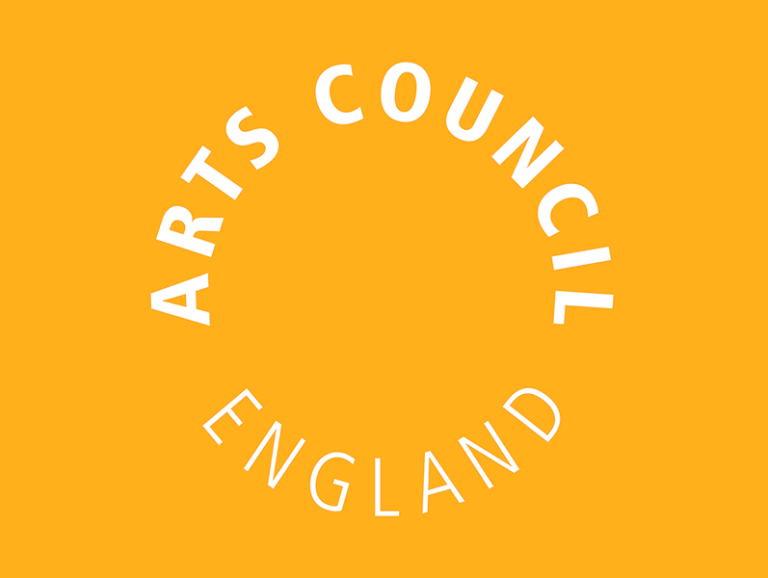France. Before the summer, the announcement of the resignation of Jean-Charles Vergne caused general astonishment. The director of the Regional Contemporary Art Fund [Frac] d’Auvergne was delighted a few weeks earlier at the opening, planned for the start of the school year, of the Wheat Market. Purchased in 2018 by the Region, this completely redeveloped building was to accommodate the Frac and offer it more space, including the creation of a restaurant. But, the postponement of the inauguration to 2025, as well as the ambition displayed by the president of the Auvergne-Rhône-Alpes Region, Laurent Wauquiez, to program “international-scale exhibitions”, suggest that the regional council has taken control of this project. The Region, which finances this new Clermont venue to the tune of 20 million euros, has thus modified the development plans, in order to enlarge the exhibition areas, to the detriment of the Frac’s future reserves. These will be outsourced, according to Brice Hortefeux. The president of the Regional Planning Commission explains that “the idea is to organize high-level exhibitions on a larger scale, in partnership with the Frac. Laurent Wauquiez is extremely interested in art. He wants to welcome recognized artists to Clermont”. As an example, the elected official readily cites the Doyenné – a modern and contemporary art space – in Brioude, and the exhibition dedicated in 2022 by this art center to Pablo Picasso. “Jean-Charles Vergne had been in post at the Frac for twenty-seven years, a quarter of a century! underlines Brice Hortefeux. He wanted to move on to other projects. » The person concerned, contacted by email, refuses for the moment to comment on his departure.
Change of municipal team
This is not the first time that a contemporary art venue has become a political issue in the region. In 2021, the non-renewal of Nicolas Bourriaud of Mo.Co [Montpellier Contemporain], a multi-site entity created with the approval of the mayor at the time Philippe Saurel, for whom he was running (lazily) for a second term, had thus caused quite a stir. It was noted then that the art critic was not on the best terms with the new councilor, Michaël Delafosse (mayor of Montpellier and president of Montpellier Méditerranée Métropole), while Numa Hambursin, his successor at the head of the pole Montpellier cultural scene, was more popular.
We also remember the astonishment caused by the sidelining of Véronique Souben at the time when she was applying to head the Frac Normandie, born from the merger of the Frac de Rouen, which she led, and that of Caen. Even though the name and record of the director seemed to be unanimous, against all expectations, it was the candidacy of an outsider, Vincent Pécoil, who was accepted. The explanation was, according to a person familiar with the matter, that: “The Region wanted someone new, to make a clean slate”.
The low contribution of the State to the budget of art centers, mainly supplemented by contributions from communities, leads the latter to be more careful about the content. Thus in Saint-Nazaire, the municipality announced, in 2022, its intention to interrupt contemporary art exhibitions organized at the LIFE contemporary art center by the Grand Café, under the direct management of the City. And this, despite the “Centre for contemporary art of national interest” label awarded to the Grand Café in 2018 on the principle of an artistic and cultural project including the former submarine base. In 2022, “Noise Rose”, Stéphane Thidet’s installation, broke attendance records with 47,000 visitors. This summer, the urban community designed, with the help of an events agency, “Transitions XXL” [voir ill.]an immersive journey of discovery “industrial adventures in the Nazaire territory”. The cost of production is estimated at 700,000 euros. At the end of August, “Transition XXL” attracted fewer than 20,000 visitors to LIFE.
“Do a lot with very little”
Is this due to the fact that contemporary art venues, in search of a new model, are being called into question? “The big change took place when the State, which defined the lines, became less audible, when its words were less listened to”, analyzes Xavier Franceschi. The former director of Frac Île-de-France threw in the towel in September 2022, tired of having to continually fight to defend his budgets. “Overall, the communities have no program other than: broadening the public. They would like us to do a lot with very little. And because they finance, elected officials also sometimes want to have their say on the content. But this is more a matter for the people whose job it is. »
However, sometimes the dialogue works. In Nice, where the Museum of Modern and Contemporary Art [Mamac] will close for work Hélène Guenin, its director, is pleased that the renovation of the museum benefits from the urban redevelopment plan initiated by the town hall. Listed on the green corridor, the building will be surrounded by a landscaped park which will enhance its access. But what will happen if, in 2026, the current mayor is not re-elected? What if his successor takes umbrage with this emblematic project of a policy he fought? Could it be that Mamac will then pay the price for a rivalry discussed in the public square? Hélène Guenin prefers for the moment to concentrate on the work ahead of her.







